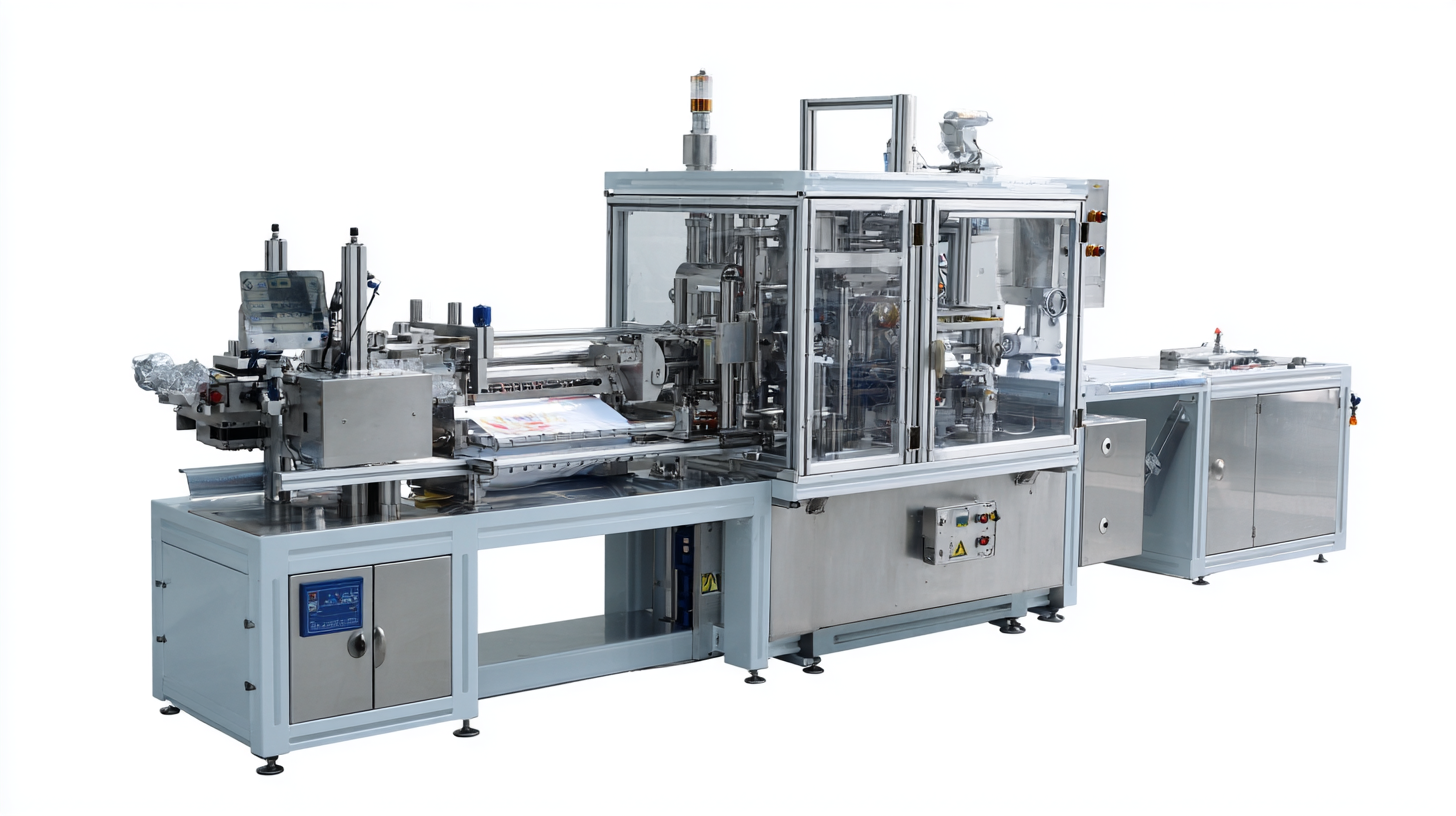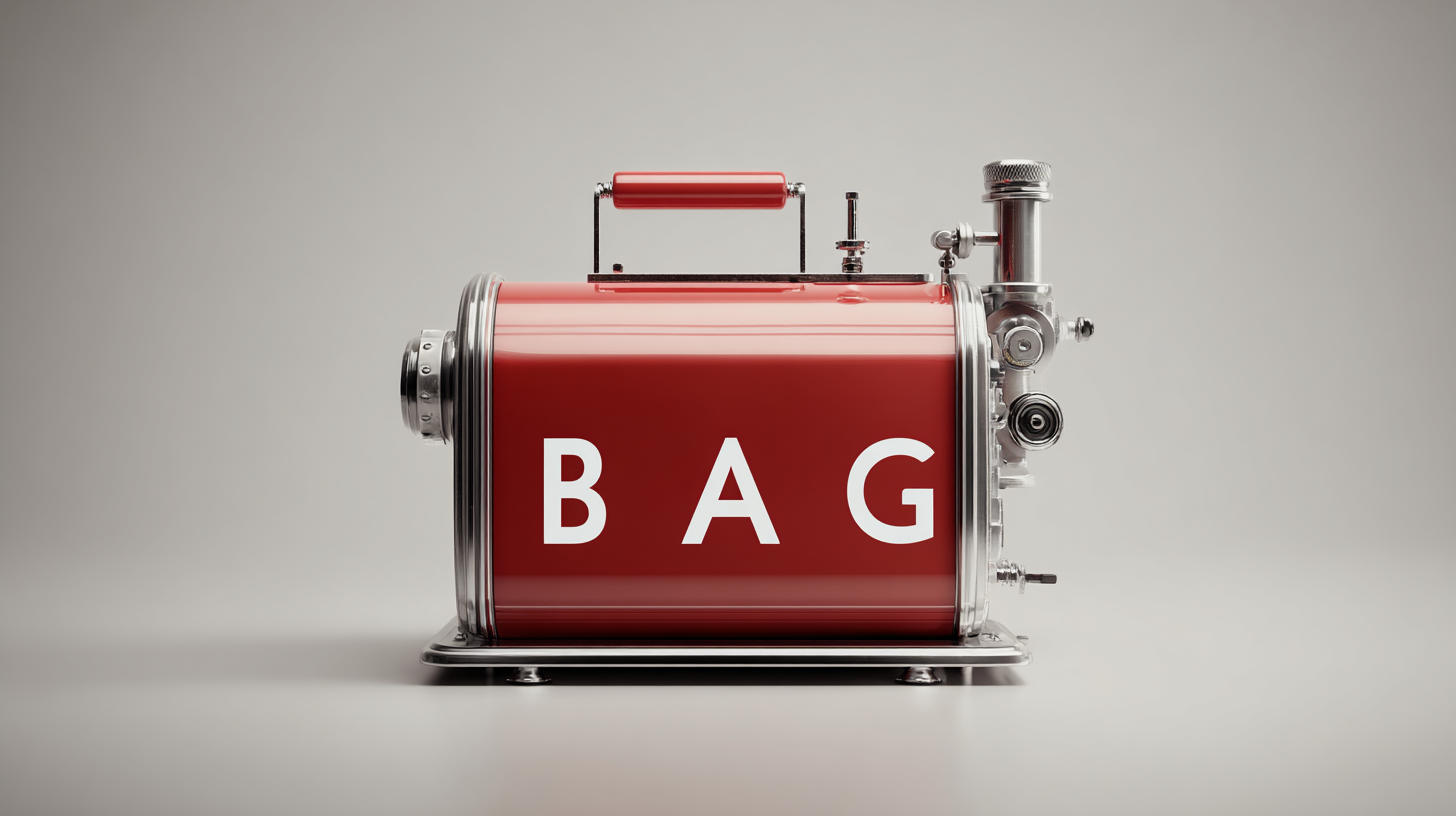Understanding Industry Standards for the Best Bag Sealing Machine Types
The bag sealing machine industry is undergoing significant transformations, driven by advancements in technology and evolving consumer demands. According to the latest market research report by MarketsandMarkets, the global bag sealing machine market is projected to reach USD 3.6 billion by 2025, growing at a compound annual growth rate (CAGR) of 4.8%. This growth can be attributed to the increasing need for effective packaging solutions in various sectors, including food and beverage, pharmaceuticals, and consumer goods. As manufacturers strive for efficiency and sustainability, understanding industry standards becomes crucial in selecting the best bag sealing machine types. By aligning with these standards, businesses can enhance product quality, ensure compliance with regulations, and ultimately satisfy the ever-changing expectations of their customers. This blog will delve into the current trends and insights that define the landscape of bag sealing machines as we approach 2025.

Types of Bag Sealing Machines: An Overview of Industry Standards
Bag sealing machines play a crucial role in ensuring product integrity and extending shelf life, adhering to industry standards that vary across sectors. According to a report by MarketsandMarkets, the global packaging machinery market is expected to grow from USD 36 billion in 2020 to USD 54 billion by 2025, which highlights the increasing demand for reliable sealing solutions. Different industries such as food, pharmaceuticals, and electronics require specific sealing technologies, including heat sealers, vacuum sealers, and cold sealers, each tailored to maintain product safety and quality.
In the food industry, for instance, the FDA mandates strict packaging standards to mitigate contamination risks. A study from The Freedonia Group indicates that heat sealing technology is preferred due to its efficiency; it accounts for 60% of the market share in food packaging. Furthermore, vacuum sealing is widely adopted for its ability to preserve freshness while preventing spoilage, essential for meat and fish products. As manufacturers strive to maintain compliance with these industry standards, selecting the appropriate bag sealing machine type becomes paramount for ensuring product reliability and consumer safety.

Key Factors Influencing the Choice of Bag Sealing Machines
When selecting a bag sealing machine, understanding the key factors that influence your choice is essential. One critical aspect is the integrity of the seal. Heat sealing mechanisms, particularly in the context of flexible food packaging, require careful consideration to ensure that products remain fresh and safe for consumption. Factors such as sealing temperature, dwell time, and pressure play vital roles in achieving a reliable seal, which ultimately affects product shelf life and customer satisfaction.
For industries like medical device packaging, the selection criteria extend beyond seal integrity to encompass regulatory compliance and safety. Manufacturers must navigate complex regulations that mandate specific packaging designs to protect sensitive items. Additionally, bag sealing machines must be capable of accommodating various materials and sizes, ensuring that they meet the stringent requirements for sterilization and product protection. Understanding these nuances will guide manufacturers in choosing the most suitable sealing solutions that align with their operational needs and compliance standards.
Understanding Industry Standards for the Best Bag Sealing Machine Types
Comparative Analysis: Heat Seal vs. Impulse Seal Machines
When evaluating bag sealing machines, it's essential to understand the distinct functionalities offered by heat seal and impulse seal machines. According to a recent industry report by Packaging Strategies, heat seal machines account for approximately 60% of the market share due to their efficiency in sealing thermoplastic materials. These machines apply consistent heat to the sealing area, ensuring a strong bond, making them ideal for high-volume production environments where durability is paramount.
Conversely, impulse seal machines, which utilize a brief electrical impulse to generate heat for sealing, have gained popularity in the food packaging sector. The Freedonia Group reported that impulse sealers are favored for their ability to seal a variety of materials with minimal energy consumption, making them a cost-effective option for small to medium-sized operations. Their versatility allows for quick changeovers between different bag types, which is a significant advantage for businesses that handle diverse packaging specifications.
In addition to operational efficiency, safety and ease of use are critical factors when choosing between these two types of machines. While heat sealers can pose a risk of overheating if not monitored correctly, impulse sealers are generally safer as they only generate heat on demand. This characteristic not only enhances operator safety but also contributes to a more energy-efficient process overall, leading to potential long-term savings for manufacturers.
Understanding the Role of Material Compatibility in Bag Sealing
When selecting a bag sealing machine, material compatibility plays a crucial role in ensuring effective seal integrity and overall efficiency. According to a recent report by Packaging Strategies, nearly 68% of packaging failures can be attributed to improper material selection, which highlights the necessity of matching sealing technology with the specific materials being used. Different materials, such as polyethylene, polypropylene, and paper-based substrates, require distinct sealing temperatures and techniques to achieve optimal results. For instance, a heat seal designed for low-density polyethylene may not be suitable for high-density materials, potentially leading to weakened seals and product spoilage.

Additionally, the compatibility of sealing methods—such as impulse sealing, continuous sealing, or band sealing—varies based on the material properties. Research by the International Journal of Food Engineering emphasizes that heat-sensitive materials, like certain plastics, can suffer from degradation if the sealing temperature is too high. Conversely, materials with high melting points may require advanced sealing solutions to penetrate the tougher surface. This difference underscores the importance of understanding the material properties and selecting a bag sealing machine designed to accommodate the specific needs of the packaging task, ultimately enhancing production efficiency and product safety.
Impact of Automation on Bag Sealing Efficiency and Industry Standards
The impact of automation on bag sealing efficiency and industry standards cannot be overstated, as the bagging equipment market has undergone significant transformations to enhance productivity and accuracy. Reports indicate that the adoption of automated packaging solutions has led to a remarkable increase in operational efficiency, with reports suggesting that businesses can achieve up to 30% higher output compared to traditional manual methods. This shift towards automation is crucial, especially in industries where speed and seal integrity are paramount, such as food packaging.
Furthermore, recent studies have highlighted the importance of seal integrity in heat-sealed flexible food packages, emphasizing that improved sealing techniques directly correlate with product safety and shelf life. The ongoing innovation in heat sealing technology not only ensures consistent quality but also fortifies compliance with evolving industry standards, which are increasingly demanding in terms of sustainability and safety. With trends showing a rise in the use of vacuum packing in sectors ranging from food to pharmaceuticals, companies are now prioritizing sophisticated sealing machines that meet both efficiency and environmental sustainability goals. These advancements reflect a broader commitment to optimizing packaging processes while adhering to stringent industry benchmarks.
Understanding Industry Standards for the Best Bag Sealing Machine Types
| Machine Type | Automation Level | Sealing Speed (bags/min) | Energy Consumption (kWh) | Industry Standard Compliance |
|---|---|---|---|---|
| Continuous Band Sealer | High | 25 | 1.2 | ISO 9001 |
| Impulse Sealer | Medium | 15 | 0.8 | CE Certified |
| Vacuum Sealer | Low | 10 | 0.5 | FDA Approved |
| Horizontal Flow Wrapper | High | 40 | 1.5 | HACCP Compliant |
| Automatic Bagging System | Very High | 60 | 2.0 | ISO 22000 |
